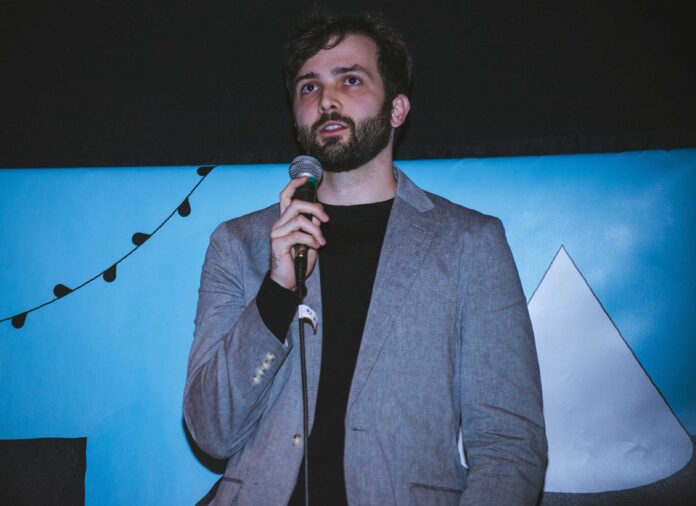Intervista a Sebastian Jones, regista e montatore di Terrence Malick noto per Everybody’s Everything, La vita nascosta – Hidden Life e Song to Song
Sebastian Jones è un filmmaker americano, nato il 18 giugno 1991 a West Palm Beach, in Florida. Dopo aver studiato cinema all’University of Central Florida ha iniziato a collaborare con il pluripremiato regista texano Terrence Malick: inizialmente è stato assistente di post-produzione per Knight of Cups del 2015, con protagonista Christian Bale; nel 2016 figurava sia come produttore associato di Song to Song, film corale ambientato nella scena musicale di Austin con protagonisti Ryan Gosling, Michael Fassbender, Rooney Mara e Natalie Portman e presentato al festival South by Southwest, che come montatore aggiuntivo del documentario in IMAX Voyage of Time presentato al Festival di Venezia lo stesso anno; nel 2019 è stato uno dei tre montatori principali – al fianco di Rehman Nizar Ali e Joe Gleason – del capolavoro A Hidden Life, dramma storico che ha segnato un “ritorno alla forma” per Malick, presentato a Cannes con grande successo.
A sua volta regista, Jones ha diretto una serie di cortometraggi e il film indipendente When the Sun Hits prima di arrivare nel 2019 all’acclamato documentario Everybody’s Everything, co-diretto assieme a Ramez Silyan e distribuito in Italia da Netflix. Everybody’s Everything è un toccante ritratto del rapper Lil Peep, nome d’arte di Gustav Elijah Åhr, morto all’apice del successo nel 2017, ad appena 21 anni.
Sebastian Jones: intervista al regista di Everybody’s Everything e montatore di Terrence Malick
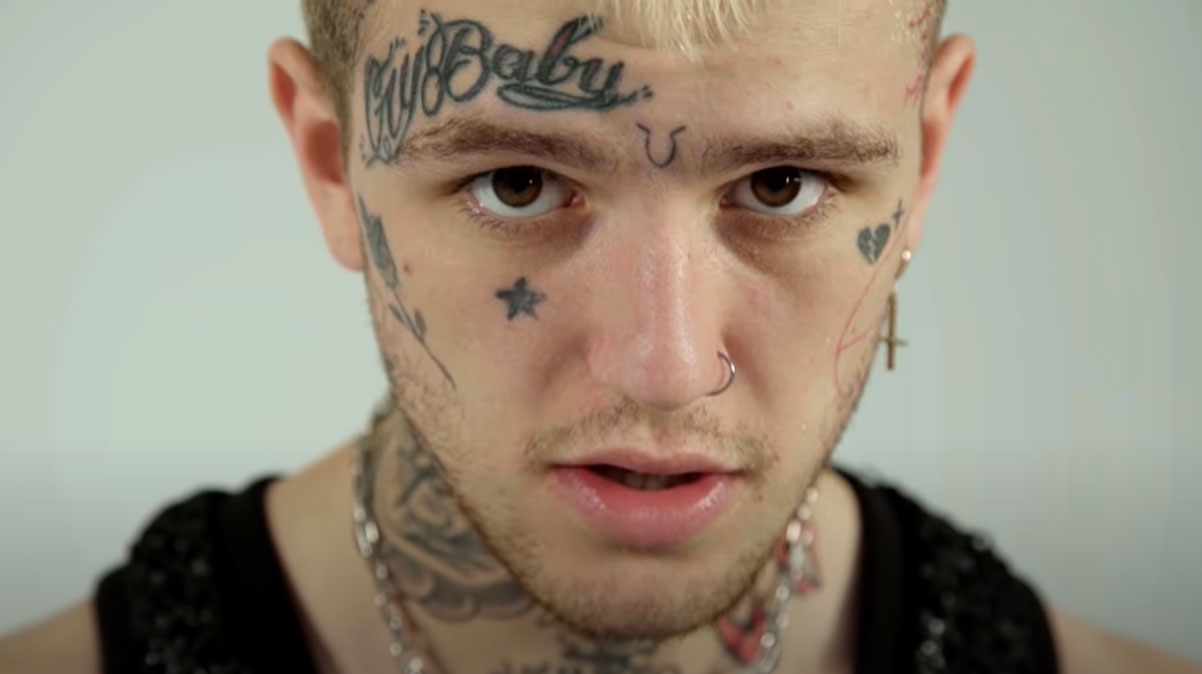
Qual è stata la tua formazione come regista? Quali sono stati i tuoi primi tentativi di dirigere un film?
Sebastian Jones: Sapevo di voler fare film fin dalle scuole superiori ma non ho mai diretto qualcosa di mio prima del college. Si trattava principalmente di tentativi sperimentali, ma in quel periodo ho scoperto quanto fosse importante fare film che operassero a livello viscerale. Penso che la prima volta che ho capito veramente di voler essere un regista fu quando vidi Eternal Sunshine of the Spotless Mind, alle superiori. È stata una di quelle esperienze che mi ha fatto realizzare che il cinema potesse diventare il mio mestiere, non avevo mai osservato in quel modo il processo di montaggio prima di allora. Ci sono stati diversi momenti che hanno profondamente cambiato la mia visione del cinema, ma questo fu uno dei primi. Vedere The Tree of Life è stata un’altra esperienza estremamente formativa. Mi ha fatto realizzare quanti modi diversi esistessero per poter fare un film. Dopo averlo visto, ero convinto che tutto fosse possibile. E poi il lavorare con Malick è stato come ricevere una seconda educazione. Ci sono tante persone o esperienze che nella tua vita ti aiutano a crescere, ma quelli che sono stati i più importanti per me sono stati Terry Malick e il mio professore di cinema Christopher Harris.
What has been your formation as a filmmaker? What were your first efforts to direct a film?
Sebastian Jones: I knew I wanted to make films in high school but I didn’t attempt to direct any of my own until college. Most of them were more experimental efforts, but I discovered during that time how much I valued making films that operate on a more visceral level.
I think the first time I really knew that I wanted to be a filmmaker was when I saw Eternal Sunshine of the Spotless Mind in high school. It was one of those experiences where the craft of making movies just finally clicked in my head — I never noticed the process of editing in the same way before. There were a few points along the way that really changed my perspective on filmmaking but that was the earliest one.
Seeing The Tree of Life was another very formative experience. That really opened up my mind to the different ways in which movies could be made. After seeing that film it made me feel like anything was possible. And then later working with Malick was like a second education. There’s so many experiences and people that you meet in life that help you to grow but the two that were most instrumental to me were Terry Malick and my film school professor Christopher Harris.
Come e dove hai conosciuto Malick?
Sebastian Jones: Ho conosciuto Malick quando avevo 21 anni. Mi ero appena laureato e stavo decidendo se fare o meno un Master’s Degree. Decisi di scrivergli una lettera per chiedergli se ci fossero delle opportunità lavorative per far parte dei suoi progetti, e quando seppi che ce n’erano ho fatto le valigie e mi sono trasferito dalla Florida al Texas. Abbiamo continuato a lavorare insieme per molto tempo perché ci piaceva collaborare. È come se fosse parte della mia famiglia ormai.
How and when did you meet Malick? Has he ever explained why he has chosen you to be a close collaborator and a disciple of him?
Sebastian Jones: I met Terry Malick when I was 21. I had just graduated from college and was debating on whether to pursue a Master’s degree. I decided to just write him a letter to see if there were any openings on his projects and when I heard there was I packed my bags and moved from Florida to Texas. We continued working together for a long time because we enjoyed collaborating. He’s like family.
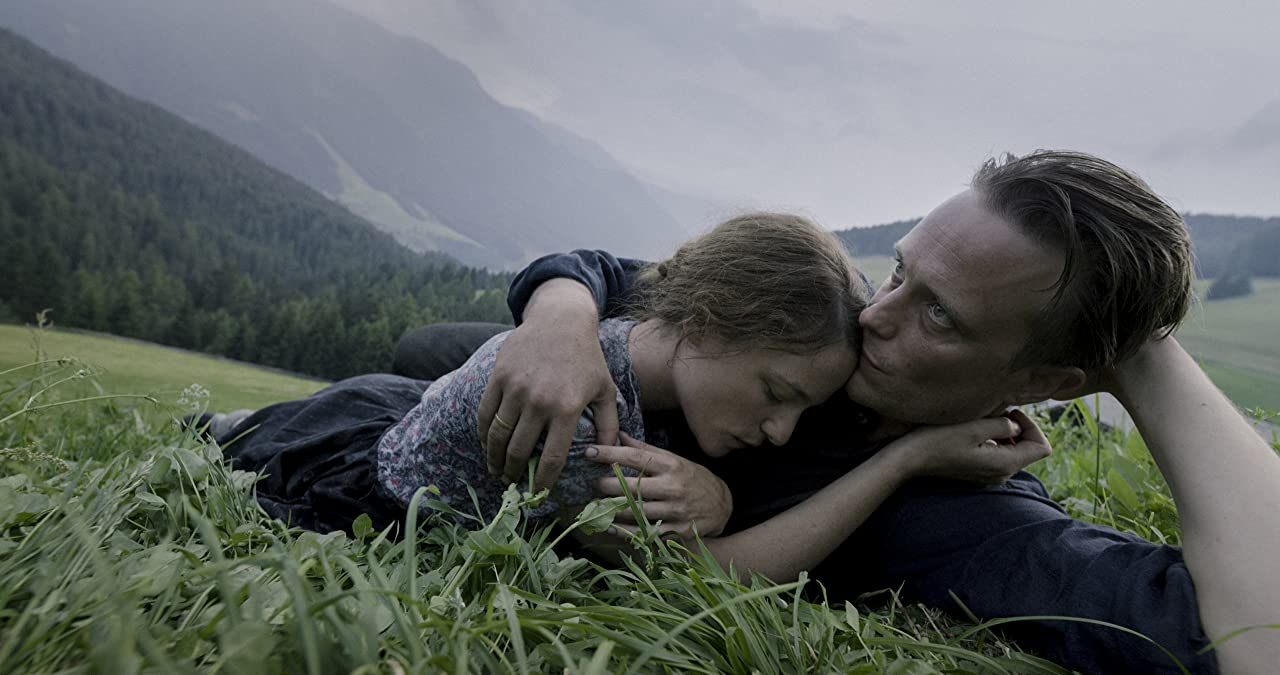
Hai lavorato agli ultimi quattro film di Malick. Malick è molto riservato sulla sua vita e sul suo processo creativo, ma c’è qualche ricordo della vostra collaborazione che puoi condividere con noi?
Sebastian Jones: Dal punto di vista creativo lavorare con lui è stata un’esperienza estremamente liberatoria. Nonostante avessi appena iniziato, era molto disponibile a vedere nuove cose, a sentire il mio parere. Mi incoraggiava sempre ad andare avanti e provare nel montaggio a sperimentare le cose in diversi modi.
È sempre stato stimolante lavorare con un regista che voleva vedere quanto potessi spingere le cose oltre il loro limite.
You worked on the last four Malick’s movies. Malick is very reserved about his life and his creative process, but there is any memory of your collaboration you can share with us?
Sebastian Jones: Well creatively speaking it was one of the most freeing experiences to work with him. Even when I was just starting out he was very open to seeing new things. He would always encourage me to go further and try things in a lot of different ways editorially. That was always very inspiring — to work with a director who wanted to see just how far you could take something.
Durante la promozione di Everybody’s Everything hai affermato di essere interessato ad avere nel cast il rapper Lil Peep come attore per un lungometraggio. Come, dopo la morte di Peep, questo progetto è diventato un documentario su di lui? Come sei riuscito a coinvolgere la sua famiglia e i suoi colleghi per le interviste e per ottenere i filmati d’archivio?
Sebastian Jones: Il progetto originale che volevo fare con lui non è mai stato realizzato. Era un film completamente diverso, con una trama completamente diversa, in cui Peep doveva interpretare un personaggio. Era come se quel progetto fosse stato messo in pausa e fossi passato a dirigere un documentario. Tuttavia ho tratto molta ispirazione, esteticamente parlando, dal progetto che non ho mai realizzato per poi applicarlo al documentario. La famiglia era d’accordo grazie al coinvolgimento di Malick mentre i colleghi di Peep grazie all’approvazione della famiglia.
Promoting Everybody’s Everything you stated that you were interested in casting rapper Lil Peep as an actor in a feature film. How, after Peep’s death, did that project became a documentary about him? How did you manage to get the involvement of his family and his music colleagues for the interviews and the stock footage?
Sebastian Jones: The project that I originally wanted to do with him never really came to be. It was a completely different movie with a different story that Peep would’ve played a character in. It was more like that project was put on hold and I instead moved on to direct the documentary. However, I did take a lot of inspiration, aesthetically speaking, from the project that was never made and applied it to the documentary.
The family was onboard because of Malick’s involvement and Peep’s music colleagues were onboard because of the family.
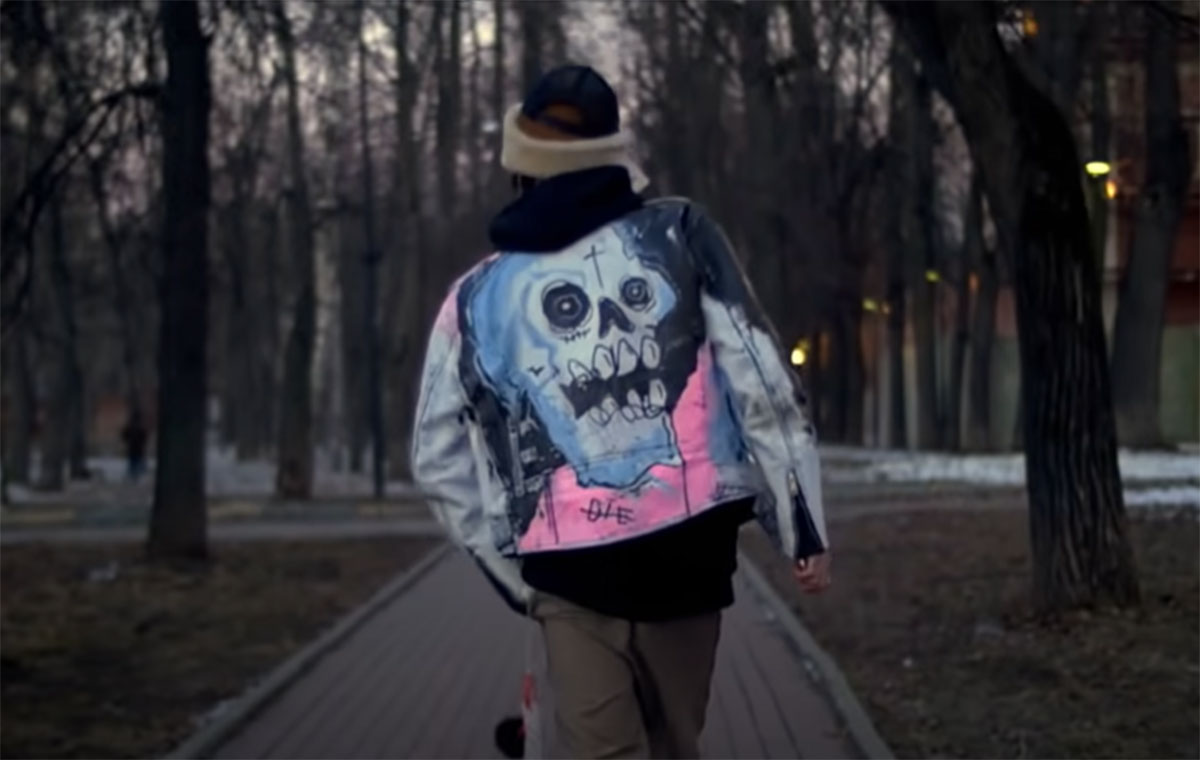
In una precedente intervista a Rolling Stone hai affermato che Everybody’s Everything è un documentario ma anche uno studio sul personaggio, e che lavorare nei film di Malick, “opere narrative che hanno elementi documentaristici”, ha influenzato il tuo stile come documentarista. Everybody’s Everything mescola interviste ai parenti e collaboratori di Peep con filmati d’archivio dei suoi concerti, storie Instagram e simili, assieme a riprese originali come frame del mare negli ultimi minuti del film. Come avete deciso tu ed il tuo co-regista Ramez Silyan di organizzare la narrazione del documentario? Quanto del materiale che avete raccolto è rimasto nella sala montaggio e su che basi avete scelto le interviste ed il materiale d’archivio che è entrato nel “girato finale”?
Sebastian Jones: Per prima cosa, provo a rapportarmi con tutto a livello emotivo. E questo avviene sia quando lavoro ad un documentario che quando lavoro ad un film narrativo di finzione. L’aspetto giornalistico del lavoro di un documentarista è secondario per me: non è il modo in cui ragiono, non è l’ottica in cui guardo le cose e non è il mio background, perché sono interessato alle sensazioni che possono essere prodotte tramite le immagini ed il montaggio. Tutto questo si applica anche alla narrazione. Stavo cercando qualcosa che avesse un vero impatto emotivo piuttosto che provare a trasmettere informazioni. Si trattava di creare un senso di intimità nel film. Ramez ed io abbiamo collaborato nel raccogliere le intervista, ma insieme non abbiamo lavorato a molto altro: il percorso di creazione della struttura, del comporre la narrazione e del dar forma al film l’ho fatto con Kyle Seaquist, il mio co-editor. Ho lasciato moltissimo dentro la sala di montaggio. Alla fine, cercavo del materiale che parlasse veramente della personalità di Lil Peep e cosa ha portato alla creazione del suo personaggio.
In a previous interview for Rolling Stone you stated that Everybody’s Everything is a documentary but also a character study, and that working on Malick’s movies, “narrative features that have documentary elements”, influenced your style as a documentarist. Everybody’s Everything mixes interviews to relatives and collaborators of Peep together with stock footage of his previous concerts, Instagram stories and similars, together with some original shoots as the frames of the sea in the last minutes of the film. How did you and your co-director Ramez Silyan decide to set up the narration of the documentary? How much of the material that you two had collected was left in the editing room of the material and on which basis did you choose the interviews and the stock materials that made the final cut?
Sebastian Jones: I try to engage with everything on an emotional level first. And that’s true regardless of whether I’m working on a documentary or a narrative feature. The journalistic side of being a documentarian is secondary to me. It’s just not how I think or look at things and it’s not my background. I’m more interested in what moods can be evoked through the images and the editing. So that all applies to the narration as well. I was looking for something that would have a real emotional impact rather than trying to convey information. It was all about creating a sense of intimacy in the film. Ramez and I collaborated in collecting the interviews, but that was pretty much the extent of what we worked on together. The rest of the journey of creating the structure, weaving in the narration and shaping the film I did with Kyle Seaquist who was my co-editor. There was a lot that I left on the cutting room floor. Ultimately, I was looking for material that spoke to the truth of Lil Peep’s character and what aided in developing that character.
Un elemento ricorrente nella narrazione del documentario sono i voice over del nonno di Lil Peep, John Womack Jr., un ex storico e professore marxista, nei quali legge le lettere autentiche che mandava a suo nipote durante il corso degli anni. Questo aspetto del documentario mi ha in qualche modo ricordato il voice over di Ben Kinglsey in Knight of Cups. Come sei arrivato a questa idea? Come hai proposto a Womack di registrare le sue lettere?
Sebastian Jones: Stavo cercando qualcosa che potesse aggiungere al film un ulteriore livello personale che andasse aldilà della cronologia degli eventi della vita di Peep e Terry Malick mi ha parlato di queste lettere scritte da John Womack. Quando le ho lette ho capito che erano quello che stavo cercando. John inoltre ha una grande voce e la usa spesso per tenere le sue conferenze, quindi fargli leggere le lettere a lui aveva perfettamente senso. Quando le abbiamo registrate ho dovuto a malapena dargli indicazioni, e lui lo ha fatto in una maniera eccezionale.
A recurring element in the documentary’s narration are voice-overs made by Lil Peep’s grandfather John Womack Jr., a former Marxist historian professor, reading the actual letters he sent to his grandson over the course of the years. This somewhat reminded me Ben Kinglsey‘s voice overs in Knight of Cups. How did you come up with this idea? How did you propose John Womack to re-record his letters?
Sebastian Jones: I was looking for something that would give the film an extra personal layer outside of the chronological events of Peep’s life and Terry Malick told me about these letters that John Womack had written. When I read them I knew that this would be what I was looking for. John has a great voice as well and use to do lectures all the time so having him read the letters just made sense. When we recorded them I barely had to give him any direction at all. He delivered it in such a remarkable way.
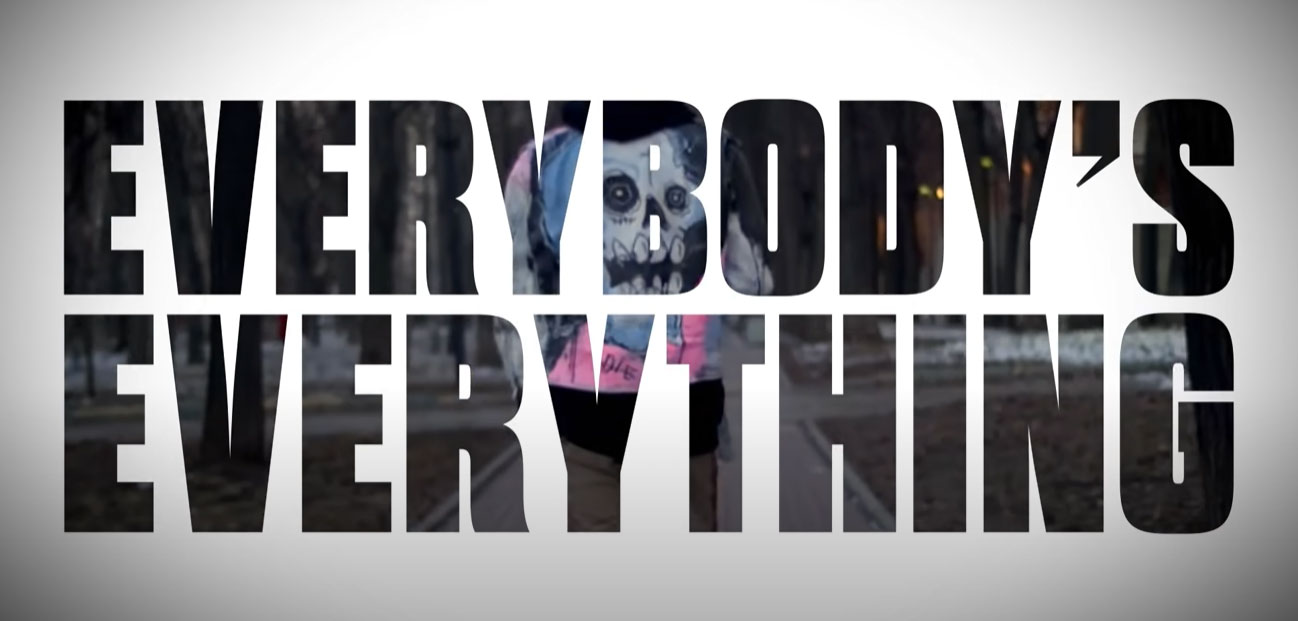
Con Song to Song Malick, conosciuto per il suo gusto per la musica classica, ha rivelato particolare interesse alla scena cinematografica contemporanea. Allo stesso tempo Lil Peep, il protagonista del tuo documentario, nella sua spesso menzionata generosità nella sua volontà di essere “il tutto di ognuno” sembra essere un personaggio innocente gettato in un mondo pericoloso, una figura sacrificale non meno di Franz Jägerstätter, il protagonista di A Hidden Life. Quanto è stato coinvolto Malick nel soggetto del documentario? Quali suggerimenti ha dato a te e Silyan durante la produzione di Everybody’s Everything?
Sebastian Jones: Ottima osservazione. Nella mia mente Peep assomigliava più a Balthazar nel film di Bresson. Viveva la sua vita apertamente con tutti e tutto nonostante il mondo lo sfruttasse. Au Hasard Balthazar era il mio modello di ispirazione mentre realizzavo Everybody’s Everything – specialmente se si pensa a Lil Peep come una persona che donava tutta se stessa agli altri fino a farsi del male. Era quasi come se ci fosse un elemento cristologico nel suo personaggio. Ci pensavo spesso mentre realizzavo questo progetto. Per quanto riguarda Malick, io e lui abbiamo degli interessi in comune, ma la sua principale connessione con l’opera era John Womack, con il quale è molto amico, piuttosto che il genere di musica che faceva Lil Peep. Terry mi ha incoraggiato durante tutto il percorso, ed è stato di grande supporto. Era lì per far sì che il film tagliasse il traguardo e ci ha aiutato a metterci in contatto con diverse persone. Per esempio il compositore del film passò tramite lui.
With Song to Song Malick, known for his taste in classical music, had revealed a great attention to contemporary movie scene. At the same time Lil Peep, the protagonist of your documentary, in his often-mentioned generosity and in his will to be “everybody’s everything” seems to be an innocent character thrown into a dangerous world, a sacrificial figure no less than A Hidden Life’s protagonist Franz Jägerstätter. How much Malick was drawn into the documentary’s subject? What suggestions did he gave you and Silyan during the production of Everybody’s Everything?
Sebastian Jones: That’s a great point. In my mind Peep was more like Balthazar in Bresson’s film. He goes along through life so open to everyone and everything even as the world uses him. Au Hasard Balthazar was kind of an inspiration for me as I was making Everybody’s Everything — especially as it relates to thinking about Lil Peep as a figure who gave himself away. There was almost a Christlike element to the character. I thought about that often while making it.
As for Malick, he and I naturally share some overlapping interests, but his main connection to the material was through John Womack with whom he’s close friends rather than the kind of music Peep made. Terry gave me a lot of encouragement throughout and was very supportive. He was there to make sure the film crossed the finish line and to help connect us to different people. For example, the composer of the film came through him.
Sei coinvolto nel montaggio di The Last Planet, il prossimo film di Malick? Stai lavorando a un nuovo lungometraggio, sia esso di finzione o documentaristico?
Sebastian Jones: Non mi sto occupando del montaggio di The Last Planet ma sono sicuro che riuscirò a vederlo in futuro. Come fan di Malick sono molto eccitato a riguardo. Per quel che mi riguarda sto attualmente sviluppando un documentario e un lungometraggio di finzione, e devo vedere quale dei due si concretizza per primo.
Are you involved in the editing of Malick’s next project The Last Planet? Are you working any new feature film of yours, either a new documentary or a fictional one?
Sebastian Jones: I’m not editing The Last Planet but I’m sure I’ll get to see it down the road. As a fan I’m very excited for it. I’m currently developing a documentary and a narrative feature so we’ll see which one happens first.
Ringraziamenti
Si ringrazia la studentessa Giulia De Cesare per la collaborazione nella traduzione.

